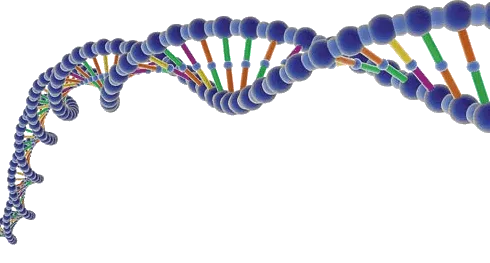They relate for the first time the variants of the clock gene with type 2 diabetes.
A group of scientists from the Biomedical Research Center in Red-Physiopathology of Obesity and Nutrition (CIBEROBN) has first demonstrated the relationship between the different variants of one of the main clock genes (CLOCK-RS4580704) and the incidence of theType 2 diabetes.
The investigation, led by Dolores Corella and developed within the framework of the Predimed study, in collaboration with José María Ordovás, professor of Human Nutrition Research Center on Aging, in Boston, has been published in Cardiovascular Diabetology.
Within the framework of the investigation, a follow -up for 4.8 years to 7,098 participants was followed.Of these, for the CLOCK-RS4580704 gene, the following genotypes were given: CC (37.6 percent of the subjects), CG (48.1 percent) and GG (14.3 percent).
The results of the study allowed to determine that the bearers of the G variant had less risk of type 2 diabetes than the homozygous CC, presenting the former a risk ratio of developing the disease by 32 percent lower.
When analyzing the effect of this relationship with dietary intervention, researchers discovered that the protective effect of variant G against the incidence of type 2 diabetes became stronger, being the risk ratio of the bearers of the G allele g that followed aMediterranean diet 42 percent lower than that of non -carriers of this allele.
In addition, the researchers also analyzed the relationship between the polymorphisms of this gene and the risk of cardiovascular disease.The GG genotype of this gene also has a protective effect against the incidence of cardiovascular disease in patients with type 2 diabetes, which translates at a risk of 52 percent lower.In the case of the incidence of the stroke, it was determined that the diabetic people type 2 carriers of the minor allele G presented a risk of suffering a 39 percent lower stroke.
Vulnerability to schedule changes The study observed an association between the different variants of the gene and the anthropometric variables, such as weight, body mass index.In addition, they examined a lower concentration of fasting plasma glucose on the carriers of the minor g.
The starting hypothesis is that the people carrying the variant G have more capacity to adapt to the different schedules, having less negative repercussions on the risk of obesity, incidence of diabetes, etc., than people with CC genotypes, which would bemore vulnerable to changes in the circadian rhythm.


